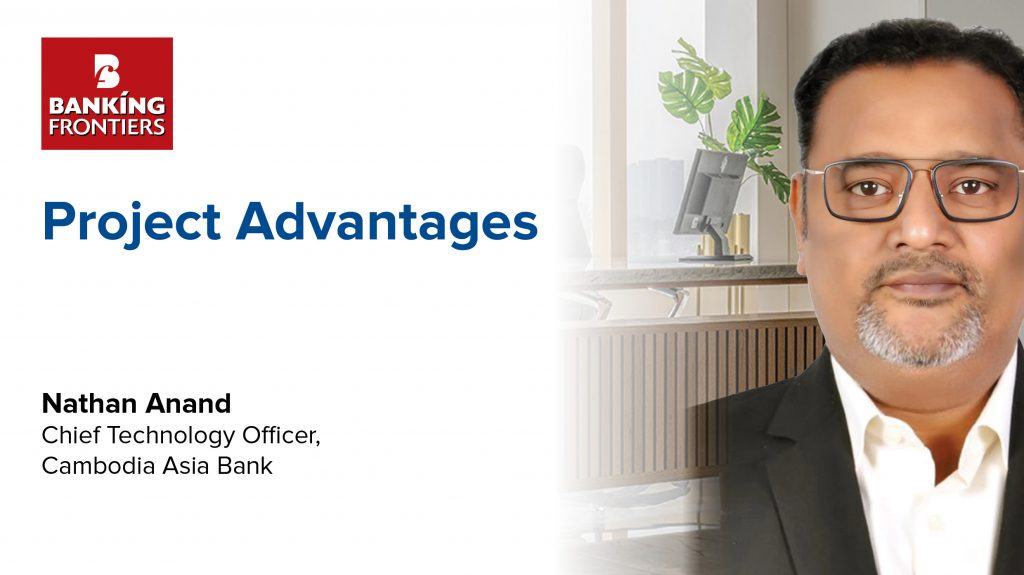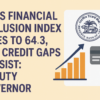In what ways has perfectionism been advantageous for project outcomes?

Shobika says that striving for defect-free optimal performance and enhancing the user experience can bring significant benefits. Anupreet agrees. She believes perfectionism certainly enhances Quality Assurance and, hence, user experience. An error-free and reliable product leads to a higher level of customer satisfaction. Girish is of the view that perfectionism leads to attention to detail, meticulous planning and execution, which results in high-quality, reliable, and user-friendly solutions. It ensures comprehensive testing and validation, reducing the risk of errors and enhancing the overall user experience.
Binod is in sync with Girish. In industries such as aerospace and healthcare, perfectionist approaches boost safety and reliability. By setting high standards and continuously striving for improvement, he sees perfectionists driving innovation and excellence within their IT teams. Additionally, perfectionism fosters a culture of accountability and continuous learning, where individuals are committed to delivering their best work and holding themselves to rigorous standards, says Binod.
He stresses that projects that benefit from precision, such as complex software development or data analytics initiatives, may particularly benefit from a perfectionist approach. However, balancing perfectionism with pragmatism and recognizing when ‘good enough’ suffices to avoid excessive stress or delays is essential.
IT professionals can use this trait to achieve outstanding project outcomes, says Binod. They can harness perfectionism’s positive aspects while mitigating its potential drawbacks.
Nathan adds that when harnessed appropriately, perfectionism can significantly enhance project outcomes by ensuring high-quality deliverables, meticulous planning, proactive problem-solving, and continuous improvement. The key is to balance the positive aspects of perfectionism with strategies to mitigate its potential downsides, such as stress and inefficiency. Fostering an environment that values high standards while promoting well-being and flexibility helps organizations leverage the advantages of perfectionism to achieve exceptional results, asserts Nathan. He gives a few examples:
High Quality & Attention to Details: A perfectionist graphic designer working on a company’s branding project ensures that every aspect of the visual design, from colour schemes to typography, is meticulously crafted. The final branding materials are visually appealing and consistent across all platforms, helping the company establish a strong, professional identity.

Enhanced Reputation and Credibility: A perfectionist consultant consistently delivers comprehensive and error-free reports to clients. The attention to detail and thorough analysis earns him/her a reputation for excellence, leading to repeat business and referrals.
Risk Mitigation: In a financial services firm, a perfectionist auditor conducts a detailed review of the company’s financial statements and internal controls. They identify potential discrepancies and compliance issues, allowing the company to address these risks before they become serious, thus safeguarding its financial health and regulatory compliance.
Yeshanew says perfectionism can profoundly impact project outcomes by fostering a relentless pursuit of excellence. When managed well, perfectionists’ ambition and meticulous approach can be infectious, inspiring the entire team to elevate their standards and execution.
Perfectionists leave no stone unturned and meticulously addressing every detail. This thoroughness guarantees high-quality deliverables that reflect the best possible effort and adhere to exceptionally high standards.
However, balancing this drive with a healthy work environment is crucial to avoid frustrated.
Anees emphasizes identifying strengths and working on them to create a differentiator to stand out in the market. For him, perfectionism does not mean merely attaining flawlessness but also anticipating and addressing any potential faults or errors that might come along the way. It’s about understanding the needs and preferences of the end-users, putting oneself in their shoes, and creating something that resonates with them.
What’s perfect for me might not be perfect for someone else. So, perfectionism isn’t just about avoiding mistakes; it’s about being proactive to ensure that the final product meets expectations while still being flexible enough to evolve with the audience’s needs.
Rohit turns to projects. The move towards standardization and automation helps reduce turnaround times to achieve the desired project goals. New intelligent technologies positively impact the accuracy of results, quality of output deployment timelines, and performance of the final solutions. Project management has become sharper with staffing, resourcing, budgeting, and risk management.
Muhammad list 7 advantages of perfectionism for project outcomes. Let’s explore these aspects: (i) High-Quality Deliverables, (ii) Reduced Errors and Rework, (iii) Innovative Problem-Solving, (iv) Client Satisfaction, (v) Attention to Compliance and Security, (vi) Thorough Testing and Documentation.
He things it’s essential to strike a balance as excessive perfectionism can lead to delays, missed deadlines, and over-engineering. Agile development principles emphasize progress over perfection, encouraging iterative improvements and responsiveness to changing requirements. Therefore, while aiming for excellence, Muhammad advises IT professionals to prioritize adaptability and timely delivery.
For Jayachandran, commitment to excellence ensures that the final product meets or exceeds expectations. Perfectionists tend to anticipate potential risks and address them proactively. They meticulously plan, identify vulnerabilities, and create contingency strategies. In project management, this approach helps prevent costly mistakes and ensures smoother execution.
Perfectionists invest time in learning new skills, attending workshops, and staying updated. Furthermore, striving for perfection often pushes individuals to think outside the box. They explore novel solutions, experiment with new approaches, and innovate, says Jayachandran.
Harsh sees continuous improvement, leading to higher-quality code and better user experiences as a key take-away. He agrees with Jayachandran that the quest for perfection often drives innovation, pushing professionals to explore new techniques and technologies to achieve optimal results.
Vamsi goes technical. Even in agile projects, foundational elements such as technical architecture and the choice of software design patterns (which are early stages of a product build) benefit heavily from perfectionism. This is a sharp contrast to the overall approach to managing the project itself – that’s the paradox!
Read more:
What motivates perfectionist behavior?









